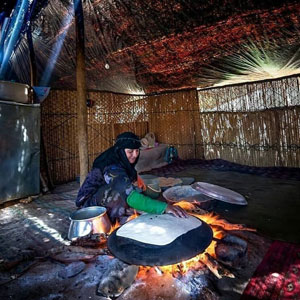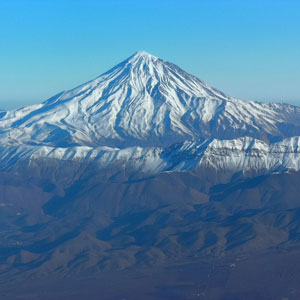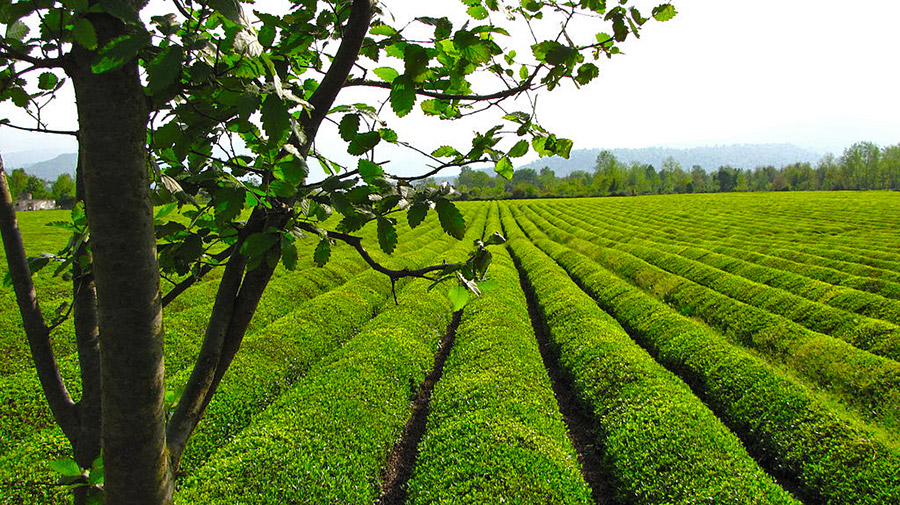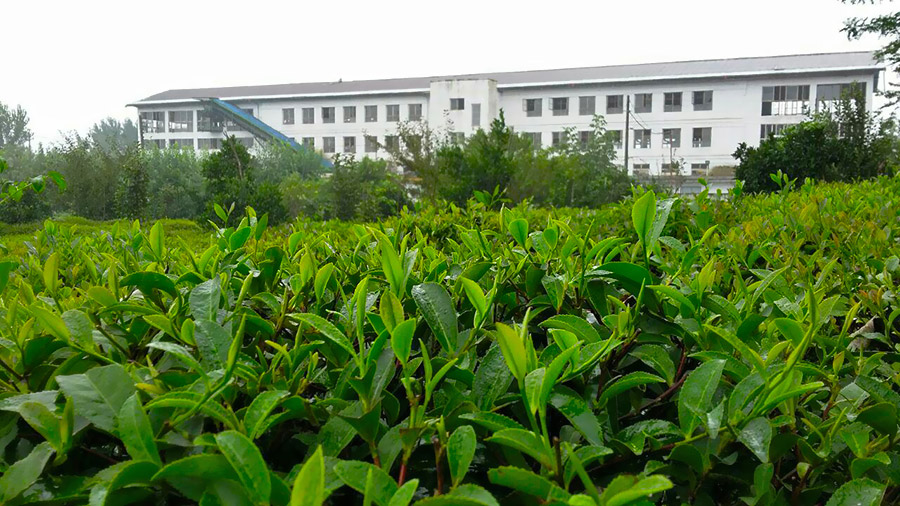 Signin with Google
Signin with Google Signin with Facebook
Signin with Facebook
 Activities,Nature
Activities,NatureTea Cultivation and Harvest in Iran

Tea bushes belong to hot and humid regions where the temperature never reaches zero degrees centigrade and annual precipitation is approximately 1800 to 2000 millimetres. However, this plant can tolerate cold weathers to some degree but not too much and it can survive snow and temperatures as low as -5 degrees centigrade.
The humidity it needs is provided via the weather rather than the soil. The soil needs to be slightly damp and not wet because it will rot the roots which is why swampy areas are not suitable for tea planting.
Seed preparation
A most important part of tea cultivation is preparing the seeds which is quite a long process, not only that but choosing the right seed is in fact critical.
Tea seeds are provided from tea bushes intended for that specific purpose. An interesting fact about seed preparation is that a tea bush can either be used for seed production or harvesting tea leaves plus these bushes are differently nurtured and treated. The seed producing bushes are mature enough to bear seeds at the age of 8 and they can continue on doing so until the age of 15-20, the time when they can produce nearly 2 kilos of seeds. From that point on they are no longer used as seed supply providers as they are considered to be old and ill conditioned.
The timing of the seed picking highly depends on the weather and in Iran, it usually starts from around late October until December.
The distinctive characteristic of good and bad seeds is that the good ones sink in the salt water solution and the hollow ones sit on top of the water. These beautiful baby seeds are then kept in a humid place for approximately 6 months until they’re ready to be planted.
Planting the seeds
Seed plantation is usually done either at the original site or a place called “Khazaneh” as they are financially the best ways possible. Although tea farms are usually located on both inclined and flat lands, in Iran these fields are mostly spread over inclined slopes.
The seeds which are planted 4-6 meters apart turn into beautiful bushes of tea and their heights reach up to as much as 15 meters. But as we have already mentioned bushes intended for seed production are treated and nurtured differently. The difference being is that unlike other bushes no fertilizer is added to their soils and the bushes are not pruned.
As for other bushes, nourishing the soil with fertilizers and organic nutrients is an essential procedure in order to have strong and healthy tea bushes. The soil gradually weakens as a result of consecutive planting and harvesting which is why the soil is fed regularly with potassium fertilizers.
This process goes on until these bushes turn eight and enter their productive years and at the age of 15-20 they enter their retirement period as they are weak and unable to offer good seeds or tea leaves.
Harvesting time
Unlike other plants and bushes, tea bushes reach flowering twice a year once during mid-autumn and another in spring. There’s actually a special type of tea called “Spring tea” (Persian: Chai Bahareh) which is made of processed tea leaves from the spring harvest.
Black, green, white and oolong teas are all processed and produced in Iran and all from the same tea plant but the picking time and the processing is what is different about these four different teas. For producing white tea, the leaves are picked before they’re completely opened.

Tea making process
After being cleaned and sorted, the leaves go through different types of processing depending on the type of tea they’re producing.
Black Tea
For producing black tea, mesmerizingly green picked leaves to get ready to get tanned through a process of six steps including withering, cutting or rolling into strips, full fermentation, drying and sorting.
In short, during withering some chemical reactions occur which enhances the aroma of the tea, fermentation enhances both the aroma and the colour, drying stops any chemical reaction in the leaves and prepares the leaves for packing. But prior to packing the leaves are classified into different groups in terms of quality.
White Tea
For producing white tea, leaves only have to go through withering and drying processes.
Green Tea
Panfrying, rubbing, semi-drying, full drying and sorting the leaves will give you healthy green tea. The rubbing step of this process provides an oxidation environment for the leaves.
Oolong Tea
For oolong tea production the leaves are withered, shook or rolled, short fermented, panfried and dried.
By Sara Kheirdoust / TasteIran



